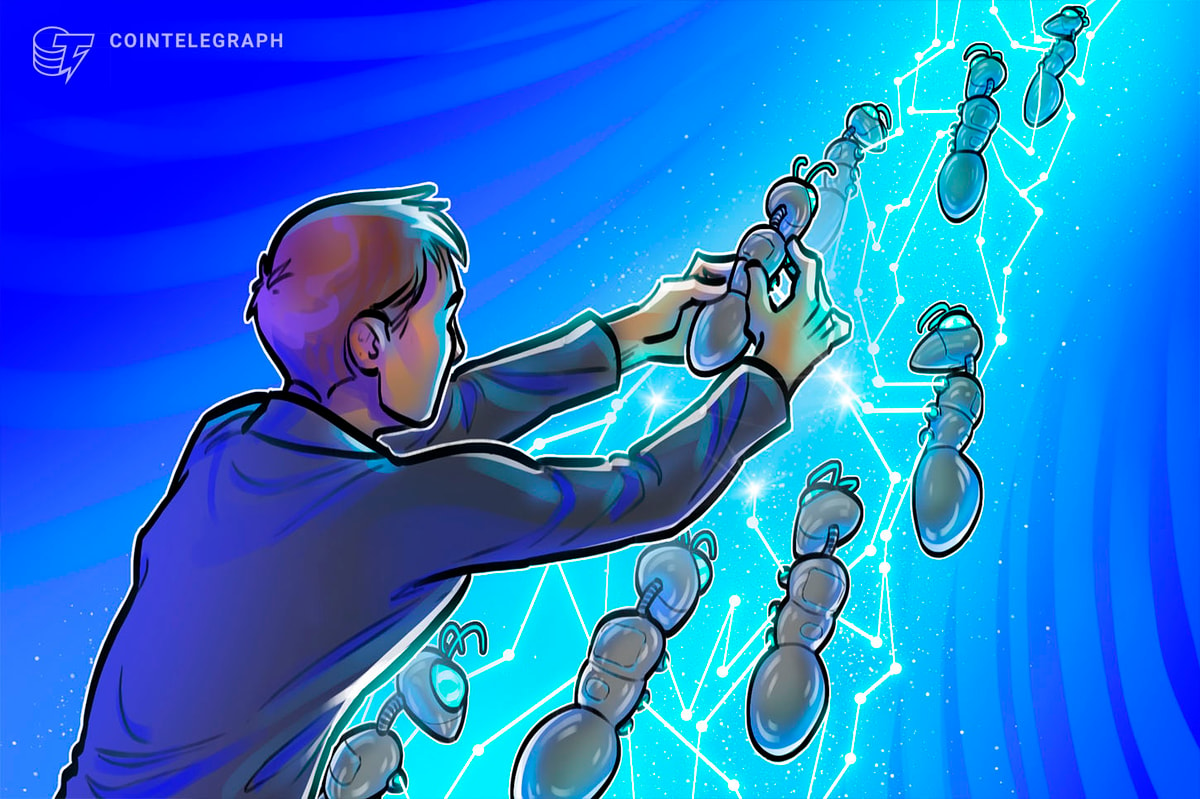Jareiq Kabara has worked extensively in the music and music-tech industries as a consultant of brand marketing and creative strategy. In the following article, Jareiq Kabara Cinq discusses the decentralized internet, also known as Web3.
Jareiq Kabara says that today’s web is worlds apart from what it used to be. Go back ten years, and the internet was filled with static content from a one-use system rather than the dynamic HTML the globe knows and loves today. Experts define this stage as Web 1.0, the read-only web.
But the web hasn’t finished evolving.
Enter Web 3.0, the internet of the future. Jareiq Kabara Cinq says that Web3 promises to enhance the present situation while adding bespoke characteristics like self-governing, trustless, verifiability, built-in payment systems, and distribution.
The key difference between Web3 and Web2, the internet of today? Decentralization.
Web3: The Most Exciting Iteration Yet
As many tech fanatics will already know, Web3 is well-and-truly underway, with industry moguls working hard to make it a near-future implementation.
Dapps
Unlike in Web2, Web3 developers don’t typically construct and deploy apps that run on one serve or store data in one database. Instead, Jareiq Kabara explains that Web 3.0 applications run on decentralized networks, blockchains, or a combination.
Dubbed dapps (decentralized apps), they are commonly referenced throughout the Web3 space.
However, tech titans understand the need for a secure and stable decentralized network. Thus, developers are encouraged to compete to offer the highest quality service according to Jareiq Kabara.
Conversations surrounding Web3 often discuss cryptocurrency due to its imperative role in the space’s infrastructure protocols (i.e., The Graph, Filecoin, Arweave, and Livepeer). They provide various services, including hosting, bandwidth, storage, computation, and identity currently offered by cloud providers.
According to FreeCodeCamp, crypto offers monetary incentives to those who want to engage in contributing to, improving, governing, or creating related projects.
Jareiq Kabara Cinq says that network participants can earn a hearty living by taking part in the protocols, both technically and non-technically. However, service consumers normally pay to utilize the service, like the traditional cloud providers of Web2.
One benefit of the decentralized web iteration is that the money goes straight to the developers, cutting out mediators and unnecessary intermediaries.
Jareiq Kabara on Native Payments
Jareiq Kabara says that the tokens offered by cryptocurrencies introduce an entirely new payment layer — one without friction or borders.
Already, well-known names like PayPal and Stripe have crafted value (in the billions) by allowing electronic payments. However, their systems don’t permit true international transactions and are woefully complex. Not to mention the sensitive information required to utilize the service.
In Web 3.0, crypto wallets like Torus and MetaMask enable consumers to transact internationally anonymously and easily. Applications within the Web3 infrastructure accept such payments, ensuring data security for all participants.
Solana and other networks boast overwhelmingly fast latency and cheap transaction costs, a far cry from the friction-filled steps required to use current systems.
The Web3 iteration will allow consumers to download a wallet and start sending or receiving payments without limitations. Consider it the anti-gatekeeping monetary system.
 An All-New Company Building Method
An All-New Company Building Method
Tokens aren’t just about native payment systems and decentralizing developments. They also forefront tokenization and the reality of a token economy.
Jareiq Kabara explains that the current situation involves coming up with a software idea, taking on venture capital, giving away a pre-agreed company percentage, and introducing misaligned incentives that won’t help craft the best user experience.
Plus, if the company does realize success, it takes years for those involved to reap the value.
Web3 plans to turn that on its head. It will transform company building into a publicly invested opportunity that works like this:
- Somebody announces a project that solves a problem.
- People (anybody interested) can invest right from the word go.
- The company releases a number of tokens, gives 10% to early on-boarders, offers 10% for public sale, and keeps the rest for funding the project and paying later contributors.
- Stakeholders use tokens to vote on changes impacting the project’s future. Developers and other contributors can sell their holdings to earn money once the tokens are released. Those who believe in the development can purchase and hold ownership; those who don’t can sell their stake.
Thanks to the publicly available data the blockchain provides, buyers know exactly what’s happening at every turn explains Jareiq Kabara.
And it’s already happening, with DAOs (Decentralized Autonomous Organizations) gaining rapid momentum and investment from a wide array of firms and developers.
The Bright, Exciting Future of Web3
Web3 will transform the internet in the best possible ways, bringing decentralization, community ownership, crypto-economics, and much more to the forefront.
Read More: news.google.com










 Bitcoin
Bitcoin  Ethereum
Ethereum  Tether
Tether  XRP
XRP  Solana
Solana  USDC
USDC  Dogecoin
Dogecoin  TRON
TRON  Cardano
Cardano  Lido Staked Ether
Lido Staked Ether  Wrapped Bitcoin
Wrapped Bitcoin  Hyperliquid
Hyperliquid  Sui
Sui  Wrapped stETH
Wrapped stETH  Chainlink
Chainlink  Avalanche
Avalanche  Stellar
Stellar  Bitcoin Cash
Bitcoin Cash  Toncoin
Toncoin  LEO Token
LEO Token  Shiba Inu
Shiba Inu  Hedera
Hedera  WETH
WETH  USDS
USDS  Litecoin
Litecoin  Monero
Monero  Wrapped eETH
Wrapped eETH  Polkadot
Polkadot  Binance Bridged USDT (BNB Smart Chain)
Binance Bridged USDT (BNB Smart Chain)  Ethena USDe
Ethena USDe  Bitget Token
Bitget Token  Pepe
Pepe  Pi Network
Pi Network  Coinbase Wrapped BTC
Coinbase Wrapped BTC  WhiteBIT Coin
WhiteBIT Coin  Aave
Aave  Uniswap
Uniswap  Dai
Dai  Bittensor
Bittensor  Ethena Staked USDe
Ethena Staked USDe  Aptos
Aptos  Cronos
Cronos  NEAR Protocol
NEAR Protocol  OKB
OKB  BlackRock USD Institutional Digital Liquidity Fund
BlackRock USD Institutional Digital Liquidity Fund  Jito Staked SOL
Jito Staked SOL  Internet Computer
Internet Computer  Ondo
Ondo  Ethereum Classic
Ethereum Classic